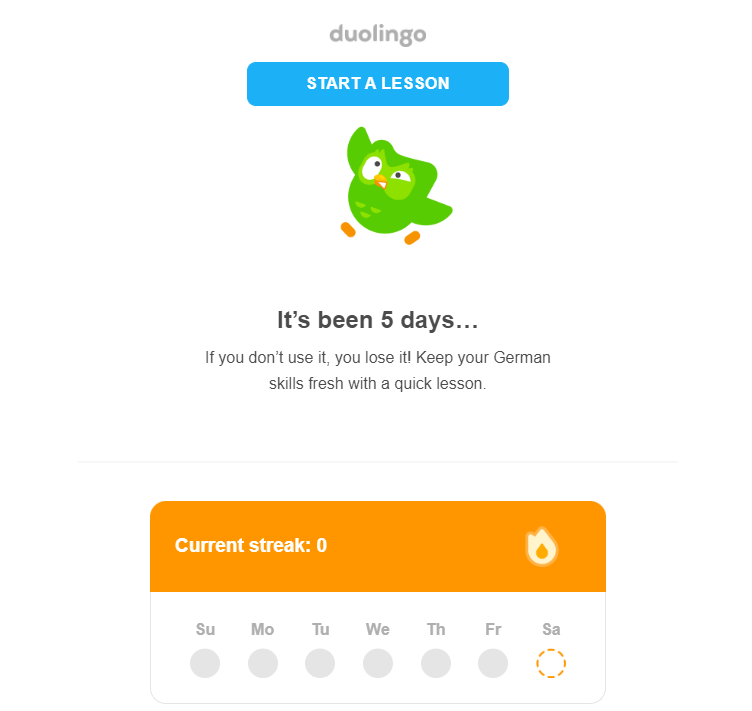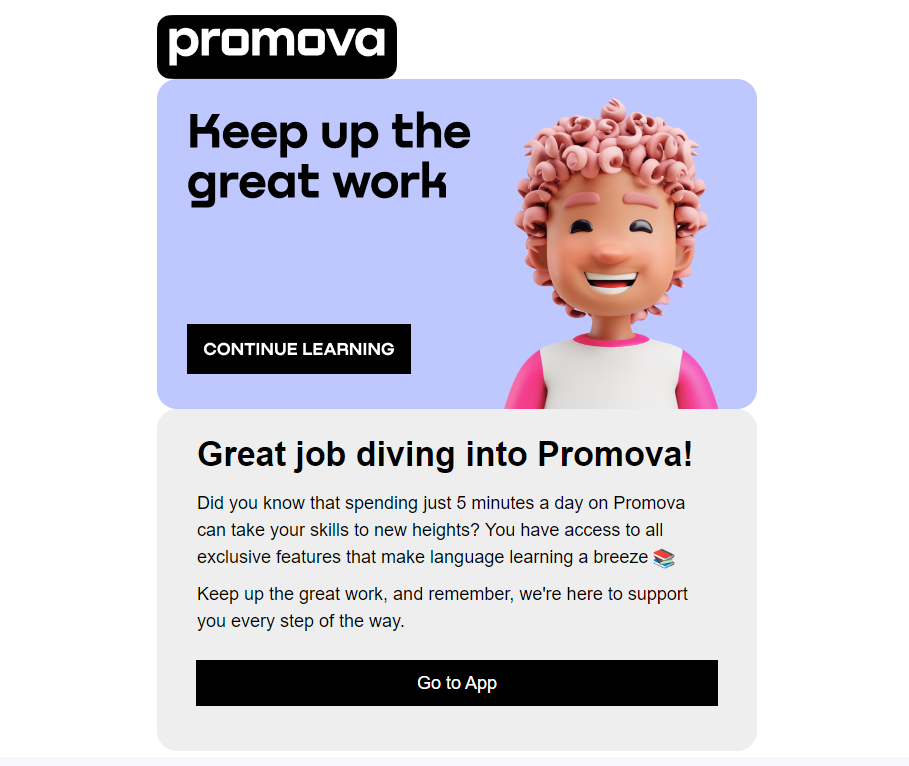Funny Emails Unboxed: Mastering Humor in Email Marketing Design

Estimated reading time: 7 minutes
Often people use emails as a medium where everything is written in the most formal, professional, and boring way possible, so having funny emails can be refreshing in the world of digital communication. The right use of humor can also actually increase engagement and make the email experience more memorable. The trick to making your email humorous is to know your audience and use the right timing. Along with the right timing, make sure you’re using the right tools for smooth email deliverability. GlockApps is always there to help!
Laughing All the Way to the Inbox: Why Use Humor in Email Marketing?
Good humor can make your brand seem more accessible and down-to-earth, especially if you’re communicating in a somewhat dry corporate context. Funny emails or funny email designs can lighten the mood, and increase open rates and, in some cases, conversion rates. A joke in an emailed email can loosen up the tone and, hopefully, set recipients in a positive mood. Elements such as emailed jokes, email puns, or even a funny introduction email to colleagues can set a lighthearted tone that resonates with recipients.
When to Use Humor in Email Marketing
1. Audience Compatibility.
Demographic factors: It’s all about your audience and their expectations. Age, culture, regional sensitivities, and personal preferences will all have a bearing. For example, a millennial audience might enjoy memes and pop culture references, while a more mature audience might prefer a more refined wit or wordplay. Cultural differences are also crucial – what works in one culture might be a flop or even seen as offensive in another. Duolingo has always been a great example of fun email marketing, considering that its main audience is young people:

Keep an eye on feedback and engagement data: If you have past campaigns to look back on, review the open and engagement rates on fun-themed emails to get a sense of how your audience responded to humor. This might help guide your decision-making process – if a lot of people open and respond to your light-hearted, playful emails, that’s a good indication that they’re receptive to humor in general; on the other hand, if very few people open your jokes or if they’re met with lots of complaints, you might be better off sticking to more serious, professional topics.
2. Brand Alignment.
Consistency with brand voice: Does your brand have a serious voice? If you’re in a more serious industry such as law or healthcare, injecting humor could confuse your audience or seem out of place. If your brand is young, energetic, or creative in nature, like a tech start-up or a lifestyle brand, humor can feel more natural and engaging.
Brand image and reputation: Consider how humor impacts your brand’s long-term image. Consistent use of appropriate humor can make a brand appear more approachable and relatable. Conversely, inappropriate or poorly timed humor can damage reputation and alienate customers.
3. Contextual Relevance.
Suitability of content: Assess whether the content of your email is appropriate for humor. Promotional emails, holiday greetings, or customer appreciation messages can be great opportunities for light-heartedness. However, serious communications, such as service interruptions, apologies, or sensitive announcements, should generally be approached with a more serious tone.
Timing and environment: The current economic, political, or social climate can significantly affect the reception of humor. For example, during times of crisis or hardship, your audience might be more sensitive, making certain jokes or lighthearted comments seem insensitive. Always consider the broader context before deciding to add humor to your emails.
4. Strategic Goals.
Boosting open rates and engagement: Humor can get recipients to open emails and engage with your business’s content. Being entertained and curious will motivate them to click on your email. Funny subject lines can draw attention and capture your reader’s interest.
Building relationships: A well-crafted joke will help you build relationships with audiences, creating a brand that feels more human and approachable, and one that will reap long-term benefits in customer loyalty and advocacy.
Enhancing Newsletters: Incorporating humor into newsletters can transform them from mere information dispatches into engaging, anticipated updates. Humor can serve as a distinguishing factor that keeps your newsletters from becoming just another item in the clutter of an inbox. Here’s a fragment of the Semrush newsletter, serving as a great example of implementing humor into emailing:

Funny Subject Lines and CTA Buttons Templates
Subject lines to grab your customer’s attention:
- Lost in Inbox Space? Let’s Navigate the Sale Galaxy Together!
- Meet Our Products: They’re Superheroes in Disguise!
- Oops, We Did It Again — More Deals That You Can’t Ignore!
- We Promise This Isn’t Junk Mail, It’s Treasure Mail
CTA buttons you’d actually want to click on:
- I Dare You Not to Click!
- Tell Me More, Tell Me More!
- Take My Money!
- Unleash the Deals
- More Laughs This Way ➡️
- Grab It Before We Get Serious!
Funny Content Snippets for Email Body
Promotional Offer: “If laughter is the best medicine, consider this deal a health boost. Get 20% off and free smiles included with every order!”
Product Introduction: “Ever wondered what a superhero wears on casual Fridays? Hint: It’s our latest collection, and it’s super, just like you!”
Survey Request: “Help us help you! Tell us what you think, and we promise not to cry if it’s not all five stars (just kidding, we can take it!).”
Event Invitation: “Join us if you dare, for a night of scares, laughs, and unbelievable deals. Don’t ghost us at [event name]!”
Achieving Funny Email Designs
1. Playful Graphics.
Theme Consistency: The graphics used in your emails should consistently reflect the overall theme and humor style of the content. For instance, if your joke is related to a specific holiday, season, or cultural reference, your graphics should align with that theme. Take a look at this great example by Harvard:

Color Psychology: Colors evoke emotions and set the mood. Bright and vibrant colors like orange, yellow, and light blue can evoke happiness and optimism, making them ideal for humorous emails. However, ensure the color scheme fits your brand palette to maintain brand identity. Promova did it well:

2. Interactive Elements.
GIFs and Animations: These are great for grabbing attention right away. A well-placed GIF can serve as the punchline of your joke or simply add a playful element to your email. Ensure GIFs are optimized for quick loading to maintain a smooth user experience. Ensure perfection in every send; leverage our HTML Checker for flawless email designs every time!
Humorous Polls and Quizzes: Engage your audience with light-hearted polls or quizzes that reflect the humor of your email. For example, a coffee shop might include a quiz like “What kind of coffee drink are you?” with funny responses that keep the user entertained and engaged.
Interactive CTAs: Beyond standard buttons, consider interactive CTAs where the action text changes on hover, or small animations trigger when interacted with.
3. Layout Innovations.
Dynamic Content: Incorporate elements that change depending on the time of day the email is opened or based on user behavior from past interactions. This personalization provided by dynamic content makes the humor feel more tailored and can increase relevance and engagement.
Conclusion
Funny emails can be a great way to increase engagement and make your marketing stand out – but only if you use humor in the right way. First, you need to know your audience and their context. Second, consider that even when you’re being playful, you should always be respectful and professional. And finally, if you do use humor, make it a part of a wider email strategy that respects your recipients and seeks to create long-term relationships by making them feel good about your emails.
Humor in an email shouldn’t be about making the recipient laugh, it’s about creating a memorable, enjoyable experience for them – one that communicates volumes about the personality of your brand.



